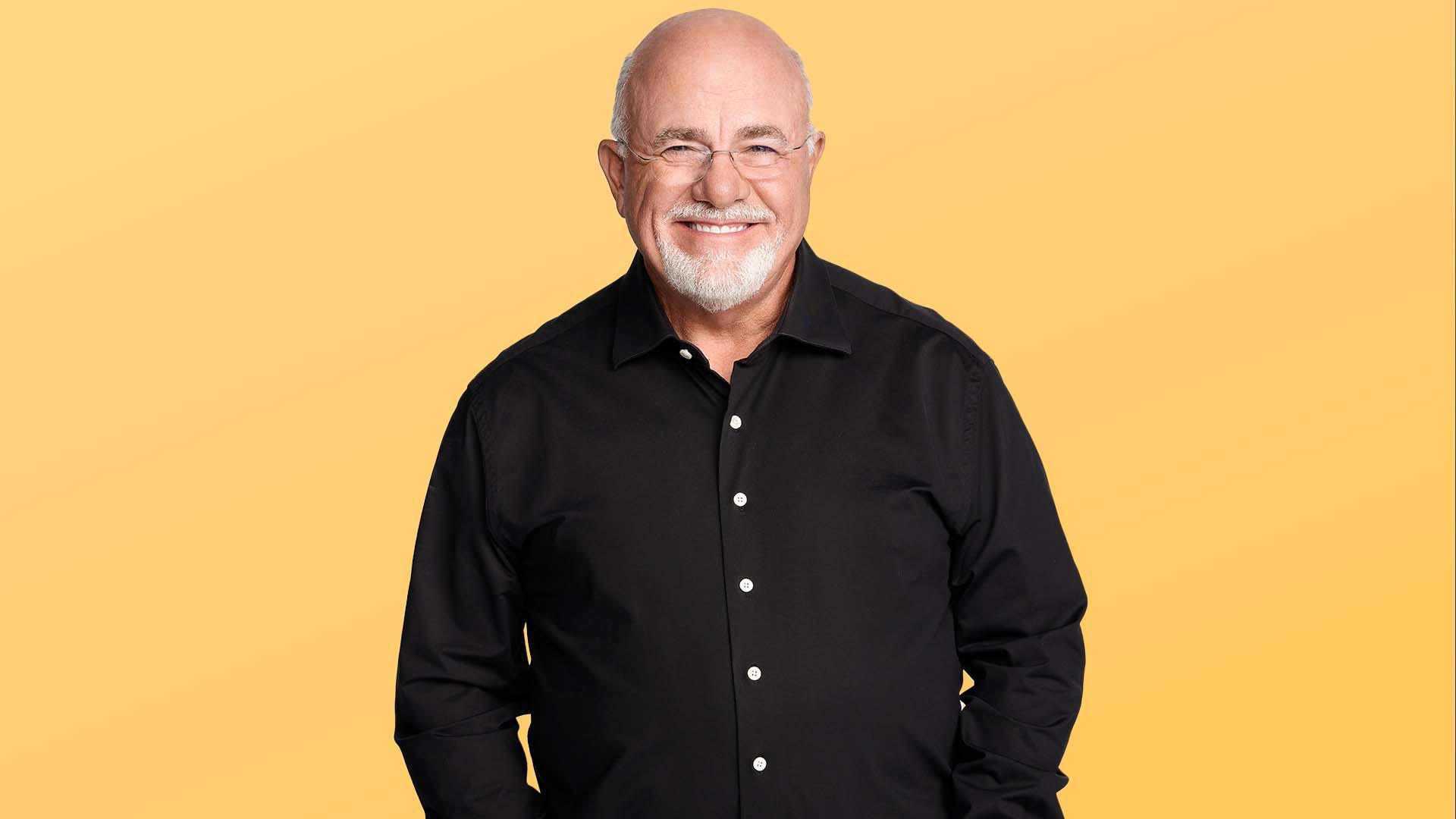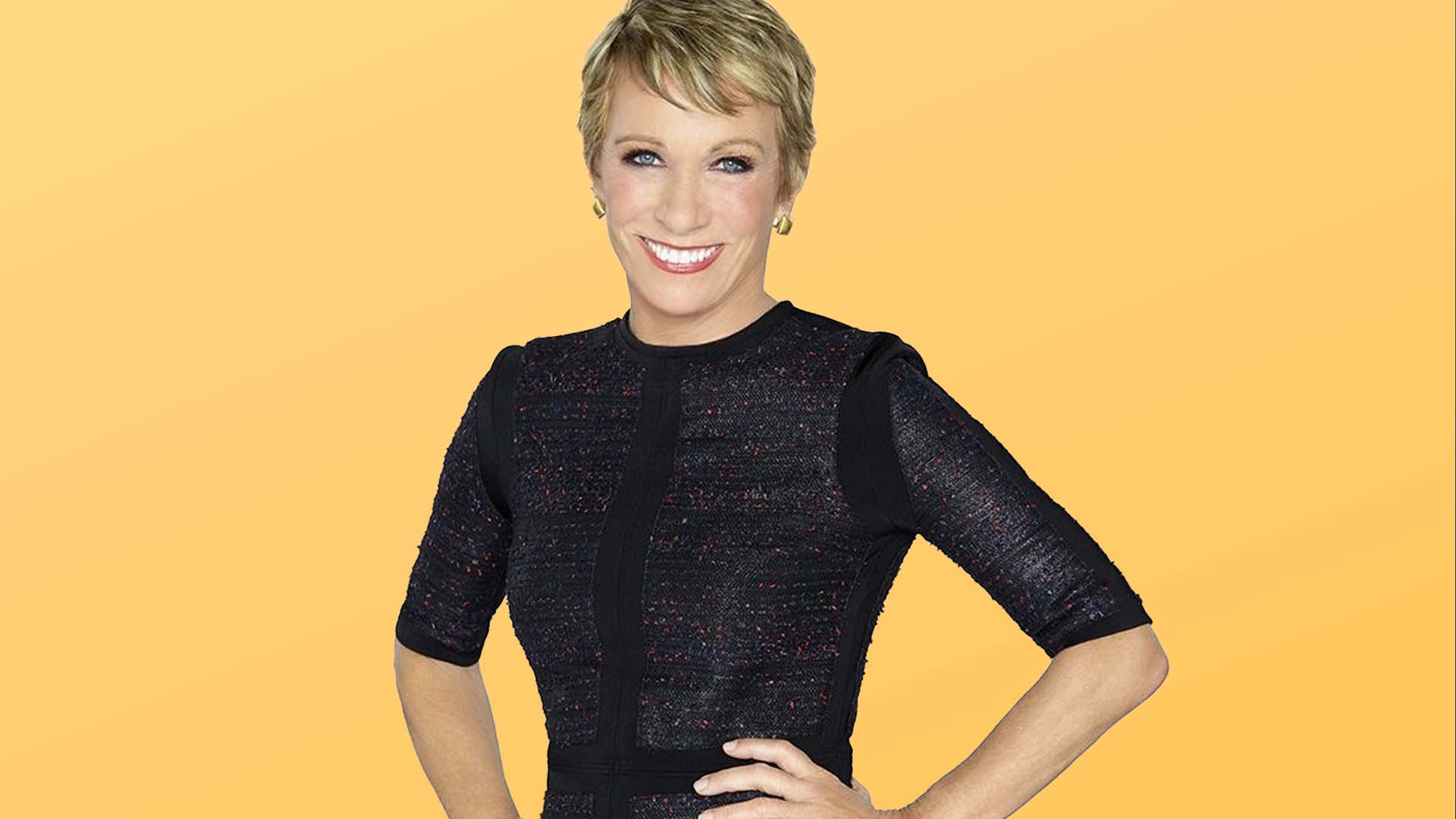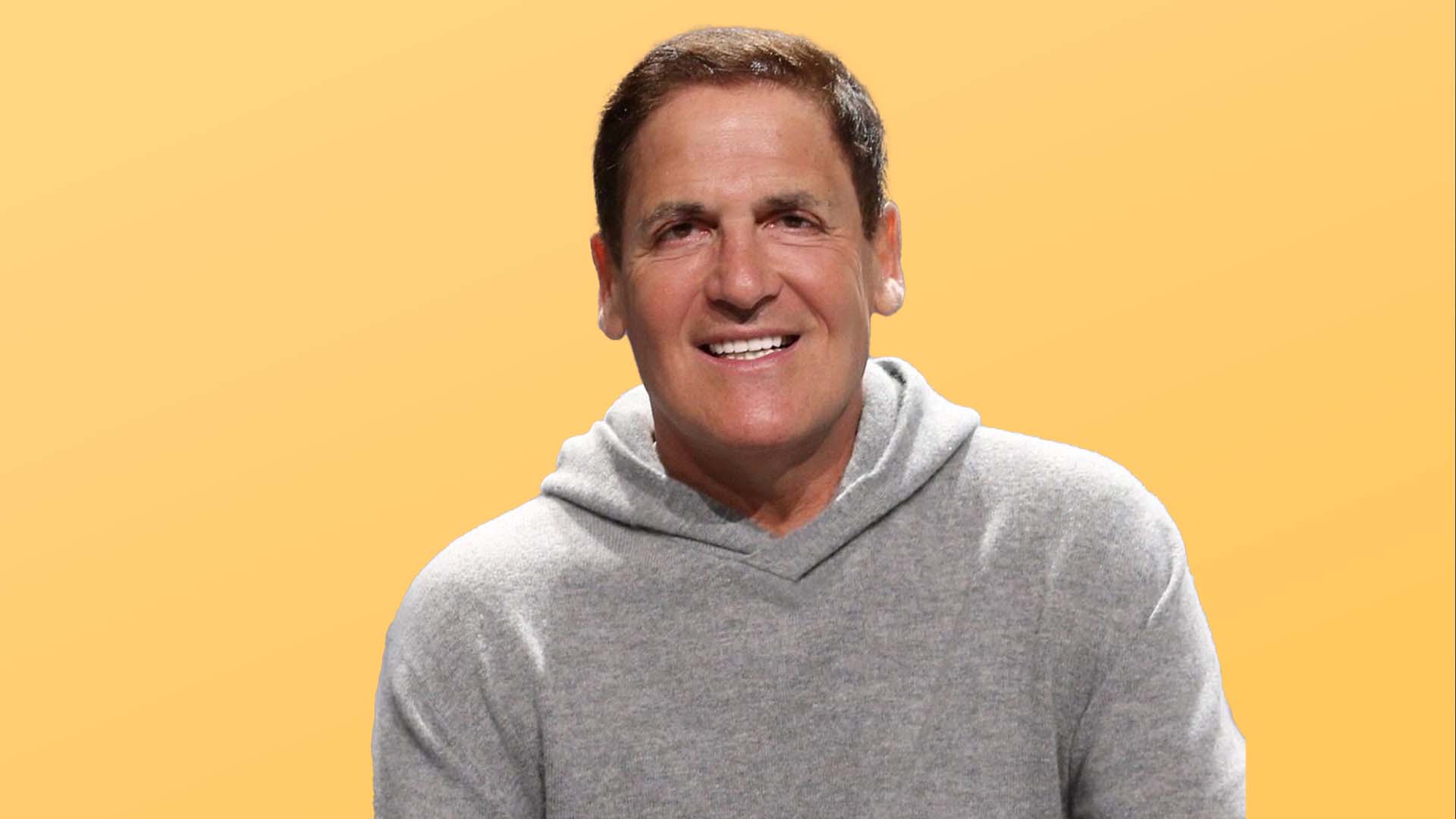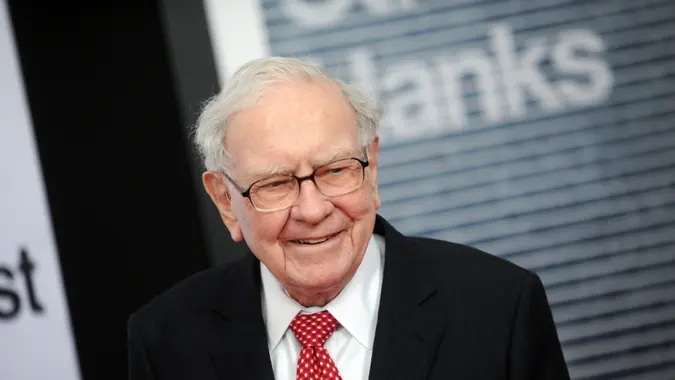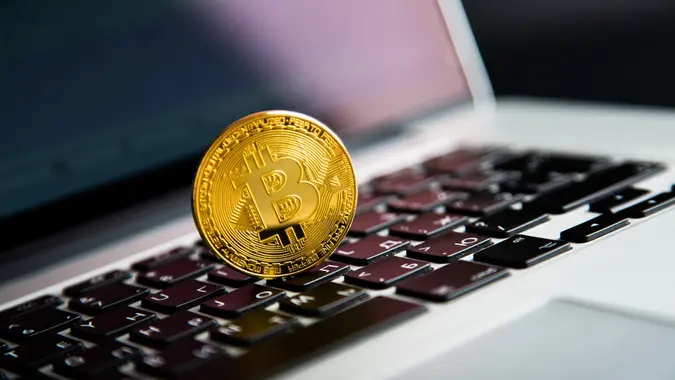3 Subtle Clues Those Old Coins in Your Drawer Could Actually Be Worth Thousands

Commitment to Our Readers
GOBankingRates' editorial team is committed to bringing you unbiased reviews and information. We use data-driven methodologies to evaluate financial products and services - our reviews and ratings are not influenced by advertisers. You can read more about our editorial guidelines and our products and services review methodology.

20 Years
Helping You Live Richer

Reviewed
by Experts

Trusted by
Millions of Readers
When you were a kid, you might have played “treasure hunter” in your parents’ or grandparents’ attic, digging through old trunks or chests of drawers for imaginary pirates’ gold. You probably never suspected there could be real-life treasure within reach. Remember those old coins you found instead of Blackbeard’s booty? If one of them is rare enough, it could be worth thousands of dollars.
To determine whether the coins you’ve inherited could be valuable, you’ll need an expert in numismatics — the study or collection of coins, paper currency and medals — such as Donn Pearlman, an affiliate member of the Professional Numismatists Guild who has served on the American Numismatic Association Board of Governors.
As part of our Top 100 Money Experts series, GOBankingRates connected with Pearlman to ask how you can tell if those old coins lingering in your drawer are worth real money. The clues are more subtle than you’d think.
Clue 1: The Coin’s Condition Rarity Is Excellent
Condition rarity is one of the most important — yet often misunderstood — concepts in coin collecting. Essentially, it means that a coin is rare in its top condition, even if it’s more common in lower grades. In other words, it’s not about how many were made, but how many survived in pristine shape.
Pearlman says many variables determine a coin’s ultimate value — such as the date, denomination, metallic content and mintmark (if any) — but the most important one is often its state of preservation.
“A common 1908-dated Indian Head penny in worn condition may only be worth a dollar or two, but in pristine, gem, mint red condition can be valued at $25,000 to $30,000 or more because of ‘condition rarity,'” he said.
The best way to tell if your coins are valuable is to consult trusted experts, such as members of the Professional Numismatists Guild.
Clue 2: The Coin Hasn’t Been Deep-Cleaned
So, you’ve found a unique coin in your drawer and figure it might be worth something. It even looks like it’s been scrubbed clean from decades of grime and dirt. That has to boost its value, right? Wrong — very, very wrong. According to Pearlman, this is one of the worst things you can do to a coin. An improperly cleaned coin can actually lose value.
“If you suspect a coin might be valuable, never clean it. Harsh, abrasive, improper cleaning can significantly reduce a coin’s potential value,” he said. “Leave the coin conservation to experts.”
Want to get your coin cleaned so you can put its best face forward with dealers? Go to a professional conservation service, such as the Numismatic Guaranty Company, which can handle cleaning appropriately.
Clue 3: The Coin Is Made of a Precious Metal
Even if your old coin isn’t tempting to collectors because it’s not in perfect condition or comes from a special mint year, you might still get more than its face value — the amount printed on it — because of the metal it’s made from.
“Even if your old coins may not have tremendous collector value, if they are silver or gold, the intrinsic value of the precious metal content can make even a small denomination coin worth many times its face value,” Pearlman said. “You can find the current metallic values for silver and gold U.S. coins at coinflation.com.”
Don’t Assume Age Alone Matters
Pearlman said people often assume that the age of a coin determines its value. That assumption can lead to disappointment when you bring that coin to your friendly neighborhood numismatist and learn your ancient-looking coin isn’t worth much at all.
“Just because a coin is old doesn’t automatically mean it is valuable,” he said. “Some 2,000-year-old bronze ancient Roman coins can be purchased for about $25 each, while some 20th-century U.S. coins, such as genuine 1913 Liberty Head nickels, are worth millions of dollars.”
Resources To Help You
While it’s smart to get a professional opinion, finding a skilled numismatist isn’t as simple as spotting a booth at your local mall. That’s why Pearlman recommends several key resources for anyone who wants help figuring out the approximate value of their coins.
For starters, there’s the annual reference book, “A Guide Book of United States Coins,” known in the hobby as “the Red Book.” Price guides are also available from Greysheet.
Major third-party coin grading companies also provide free online price guides for coins that have been certified for authenticity and grade, such as CAC Grading, Numismatic Guaranty Company and Professional Coin Grading Service.
When in doubt, nothing beats the expertise of a professional.
“Reputable, knowledgeable dealers, such as members of the Professional Numismatists Guild, can provide expert evaluations,” Pearlman said.
Bottom Line
If you’ve got a coin with excellent condition rarity that hasn’t been scrubbed within an inch of its life, you might just have a coin worth a significant sum. Don’t assume age alone determines its value — and above all, seek expert guidance before making any decisions about selling or cleaning your collection.
This article is part of GOBankingRates’ Top 100 Money Experts series, where we spotlight expert answers to the biggest financial questions Americans are asking. Have a question of your own? Share it on our hub — and you’ll be entered for a chance to win $500.
 Written by
Written by  Edited by
Edited by  Money Expert
Money Expert 











































































